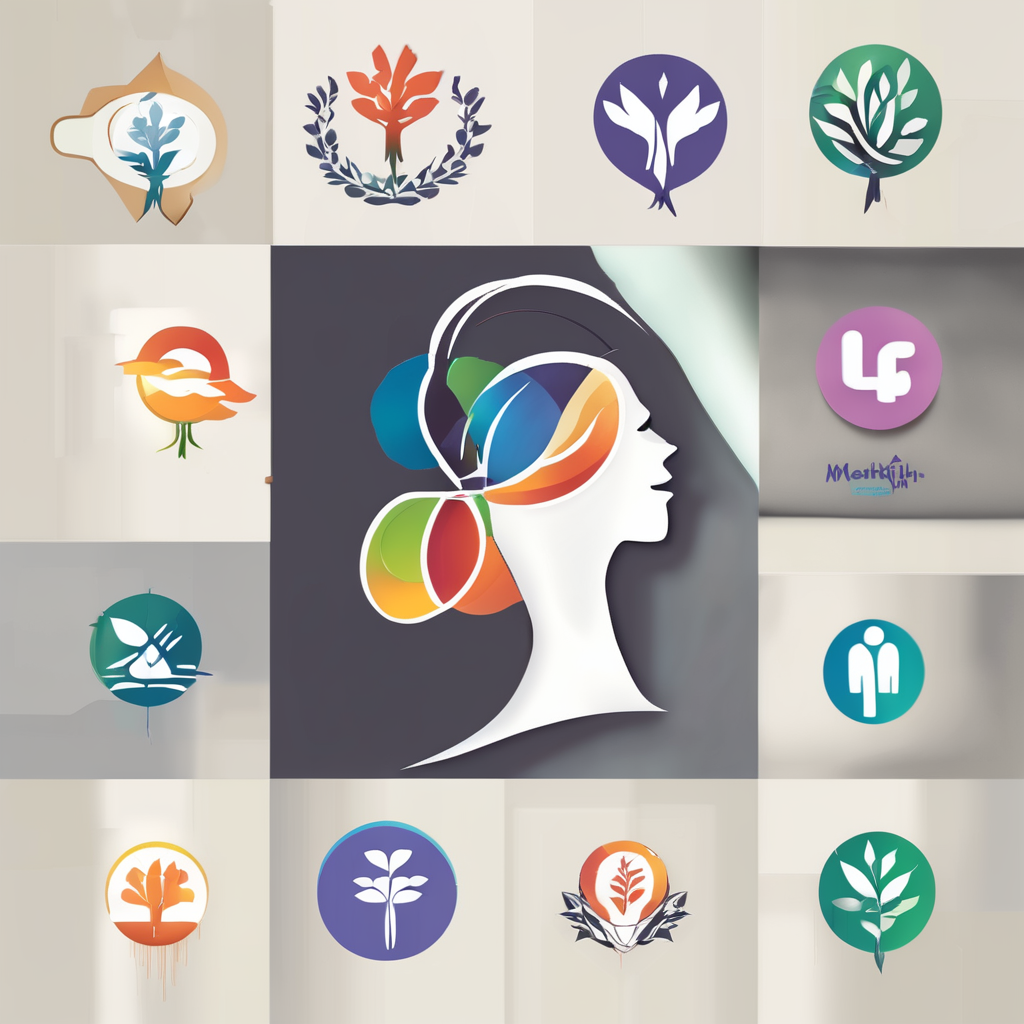Understanding Dehydration in Elderly Adults
Dehydration poses a significant threat to elderly adults, impacting their health considerably. Age-related physiological changes often make it more challenging for older adults to maintain a proper fluid balance. This can lead to a higher risk of dehydration in elderly adults, often unnoticed until it causes more severe health issues.
Common Causes
Older adults can become dehydrated for various reasons. Reduced thirst perception is a prevalent factor; as people age, their ability to sense thirst diminishes, leading to inadequate fluid intake. Furthermore, mobility issues may impair their ability to access water.
This might interest you : Experience the secrets to a long life with premium supplements
Kidney function typically declines with age, reducing the ability to conserve water. Certain medications prescribed for chronic conditions may also increase fluid loss, further exacerbating dehydration in elderly adults. Often, these medications include diuretics, which are used to manage blood pressure, but increase urination.
Prevalence
Statistical data indicates that dehydration in elderly adults is an overlooked issue, with many seniors being at risk without apparent signs. Hospitalizations frequently cite dehydration as a significant contributing factor, emphasizing the urgent need for awareness and intervention to combat these effects.
Also read : Green hygiene: effective strategies to reduce plastic use in your daily routine
Understanding these factors is crucial in addressing and preventing dehydration, thus improving the overall health and quality of life for older adults.
Key Symptoms of Dehydration in Elderly Adults
Understanding the signs of dehydration in elderly adults is crucial for timely intervention.
Physical Symptoms
Dehydration can manifest through various physical symptoms. Dry mouth and skin are common indicators, signalling a lack of sufficient body fluids. Changes in urine color, ranging from dark yellow to amber, along with reduced frequency, may also point to dehydration. Moreover, dehydration often results in fatigue and weakness, making it challenging for elderly adults to perform daily activities.
Behavioral Signs
In addition to physical manifestations, dehydration can cause behavioral signs. Altered mental states, such as confusion and disorientation, are notable indicators, particularly in seniors. Dehydration reduces appetite and further diminishes the already compromised thirst perception often seen in older adults. Mobility issues may arise, potentially leading to increased falls and further complicating health conditions.
Visual Cues
Certain visual cues can also suggest dehydration. Sunken eyes or cheeks may be observed in severely dehydrated individuals. A lack of sweat during exertion, flushed skin, or heat intolerance can highlight insufficient hydration. These indicate an imbalance that should not be ignored, urging caregivers and family members to ensure adequate fluid intake.
Risk Factors for Dehydration
Understanding dehydration risk factors is imperative for maintaining good health among elderly adults. Various factors contribute to dehydration in seniors. Firstly, medications can significantly impact hydration levels. Commonly prescribed medications like diuretics, laxatives, and blood pressure medications increase urine output, heightening the risk of fluid loss.
Beyond medications, chronic illnesses also play a crucial role. Conditions such as diabetes, kidney disease, and heart disease can exacerbate dehydration. These illnesses often require strict fluid management, complicating efforts to maintain a proper fluid balance.
Environmental conditions, too, affect hydration. Hot weather or poorly ventilated living spaces might lead to excessive sweating, exacerbating hydration challenges faced by older adults. Elderly individuals might not always sense heat as acutely as younger people, making them less likely to compensate by drinking more fluids.
Understanding these dehydration risk factors is crucial. By recognising these underlying health issues, seniors and their caregivers can take proactive measures to mitigate dehydration, ensuring a healthier life.
Preventive Measures for Managing Hydration
Maintaining hydration is crucial to preventing dehydration in elderly adults. A strategic approach involves understanding the correct fluid balance needed for this age group. Experts typically recommend an intake of at least eight glasses (or about two liters) of fluids daily. This may vary based on individual health conditions.
Incorporating hydration-friendly foods into one’s diet can also bolster fluid intake. Foods rich in water content, such as cucumbers, watermelon, and oranges, are excellent choices. Increasing the consumption of broths and soups offers an additional, palatable means of staying hydrated.
It can be challenging to encourage elderly adults to drink more fluids due to reduced thirst perception. However, practical strategies such as flavoring water with slices of citrus or using herbal teas can make fluid consumption more appealing. Caregivers can set regular reminders or schedules for fluid intake to ensure adequate hydration.
By employing these simple practices, the risk of dehydration significantly diminishes. It empowers older adults to maintain a healthier lifestyle, all while safeguarding their well-being against the health risks posed by insufficient hydration. Understanding and implementing these measures is a proactive step towards better health.
When to Seek Medical Advice
Early detection of severe dehydration in elderly adults is vital for effective intervention. Knowing when to seek medical advice involves recognizing key warning signs. Extreme lethargy, persistent dizziness, and confusion signal that immediate medical attention is necessary. Additionally, if dark urine continues despite adequate fluid intake, it is essential to consult a healthcare professional.
Routine check-ups play a crucial role in managing hydration. Regular medical appointments can help monitor hydration levels, ensuring early detection of potential issues. During these visits, medical professionals assess overall health, adjust medications if needed, and provide personalized hydration advice tailored to an individual’s needs.
In emergency situations, such as when symptoms escalate rapidly, consider contacting emergency services without delay. Medical intervention might involve intravenous fluids to quickly restore fluid balance, especially if oral intake is insufficient or problematic.
Caregivers should be informed about these signs and encouraged to act promptly. Understanding the boundaries between mild and severe dehydration ensures timely intervention, preventing complications. By staying informed and vigilant, elderly adults and their families can prioritize health, taking necessary steps to maintain optimal hydration levels. Regular monitoring and readiness to act can significantly improve health outcomes.



